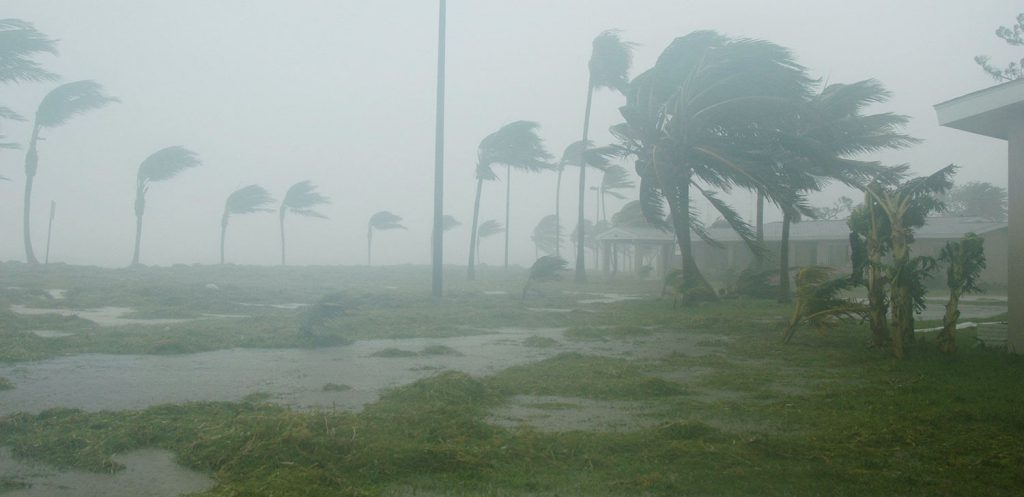
Satellite IoT Connectivity Helping Combat Floods in Japan
- Blog
- Natural Resources
- Satellite IoT Connectivity Helping Combat Floods in Japan

The Japan Meteorological Agency (JMA) is turning the tide on flood preparation by monitoring linear rainbands—tell-tale signs of impending heavy downpours—on observation vessels fitted with ORBCOMM satellite IoT connectivity.
In 2018 alone, Japan was devastated by widespread flooding that displaced over 8 million people, with 225 confirmed dead and one trillion Japanese yen in total flood-related damages reported. Just last year, tens of thousands of army troops, police officers and rescue personnel were mobilized as more than 50 people lost their lives in the Kyushu region.
Getting the full picture
Due to difficulties collecting vapor data from the country’s windward side via on-land radar equipment, the JMA has witnessed drastic rainfall forecast inaccuracies. In one case, a predicted 128mm of rain turned out to be a devastating 330mm—nearly three times the expected amount—which led to the fierce Kumamoto floods that claimed 65 lives in 2020.
Every minute matters
When it comes to floods and mudflows, timing is everything. Earlier warnings of torrential rainfall allow prefectures to prepare for downpours with sandbags and floodways which can mitigate the infrastructure damage caused by the summer flooding.
Mobilizing citizens with evacuation alerts earlier can save lives and reduce the stress and risk imposed on families, first responders and emergency personnel. In flood scenarios, experts encourage residents to move to higher ground when leaving for an evacuation center is too risky.
Powered by satellite connectivity
The JMA quickly determined that off-land readings would improve the accuracy and speed of their flood predictions; however, sending this information to the mainland can be difficult from a vessel out at sea.
To solve this, the JMA and the Meteorological Research Institute fitted research vessels with ORBCOMM satellite connectivity so that they can collect off-land vapor readings and send them back to the mainland in real time. The result: accurate and timely forecasts.
ORBCOMM’s ST 6100 satellite terminal features two-way IsatData Pro satellite connectivity ideal for maritime applications with little to no cellular reception. Plus, its environmentally sealed exterior and low elevation angle performance make it the perfect partner for both terrestrial and maritime applications.
With ORBCOMM’s robust and reliable satellite IoT connectivity, we expect that the JMA will be able to monitor and send linear rainband data and other information in real time for near-instant reporting and that these new capabilities will make a lasting impact on flood preparation for the region, helping to protect Japan’s infrastructure and its citizens.
Moving forward, the JMA aims to share warnings for areas with worrying levels of linear rainbands along with other meteorological symptoms of rainfall by 2022 and plans to develop a satellite that can gather information across a wider geographical range.
By 2030, the JMA is looking at integrating these flood monitoring efforts with artificial intelligence to further improve meteorological accuracy while expediting prediction speed by as much as half a day.

Cody Lirette is Senior Content Marketing Manager at ORBCOMM. With over a decade of marketing and communications experience for both the public and private sector, he uses his passion for innovative technology and plain language to build compelling content that inspires action.

















